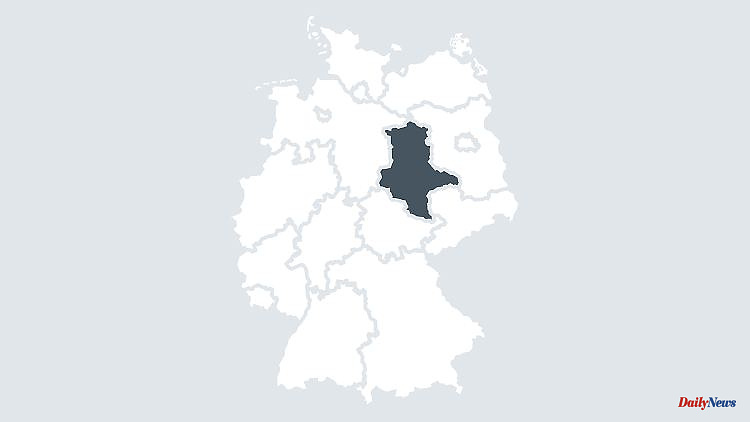Carp blue or smoked trout: In many families, the fish on the table is an integral part of the holidays. How do the fishing companies in Saxony-Anhalt rate the past festive season?
Magdeburg (dpa/sa) - Local fish is on the rise in Saxony-Anhalt. A spokesman for the State Fishing Association of Saxony-Anhalt said at the request of the German Press Agency that young groups of buyers had also been looking for their way to local fishing companies more often in recent years. However: "In 2022, this special effect has subsided somewhat, as the slightly declining sales in this Christmas business show."
According to the fishing association, carp weighing around two and a half kilograms and larger trout weighing more than 350 grams were popular at the end of the year. Many buyers seem to attach importance to being bone-free, because fillets were increasingly in demand.
The local production has not been able to meet the demand for a long time, which is why imported fish are being used, the spokesman said. Trout often come from Denmark and France, carp from Poland and the Czech Republic. But why aren't more domestic productions entering the market? "We see the causes in particular in the difficult framework conditions for sustainable fish production, which prevail in the European Union and especially in Germany," said the spokesman. Numerous approval and operating requirements made it difficult to start a new business. Even the smallest net enclosure systems for fish production on large lakes and opencast mines would hardly get a permit.
Pond farms have often proved to be uneconomical. According to the State Fisheries Association, controlled fish production in ponds and facilities has almost halved in the country since 2005. On the other hand, the fish retail trade remained largely stable in terms of sales. Salmon, Alaska pollock, tuna, herring and shrimp are particularly popular.
According to the spokesman, the degree of self-sufficiency in Germany is less than 20 percent. About 90 percent of the fishery and aquaculture products traded in Germany are imported - about 1.8 million tons.












